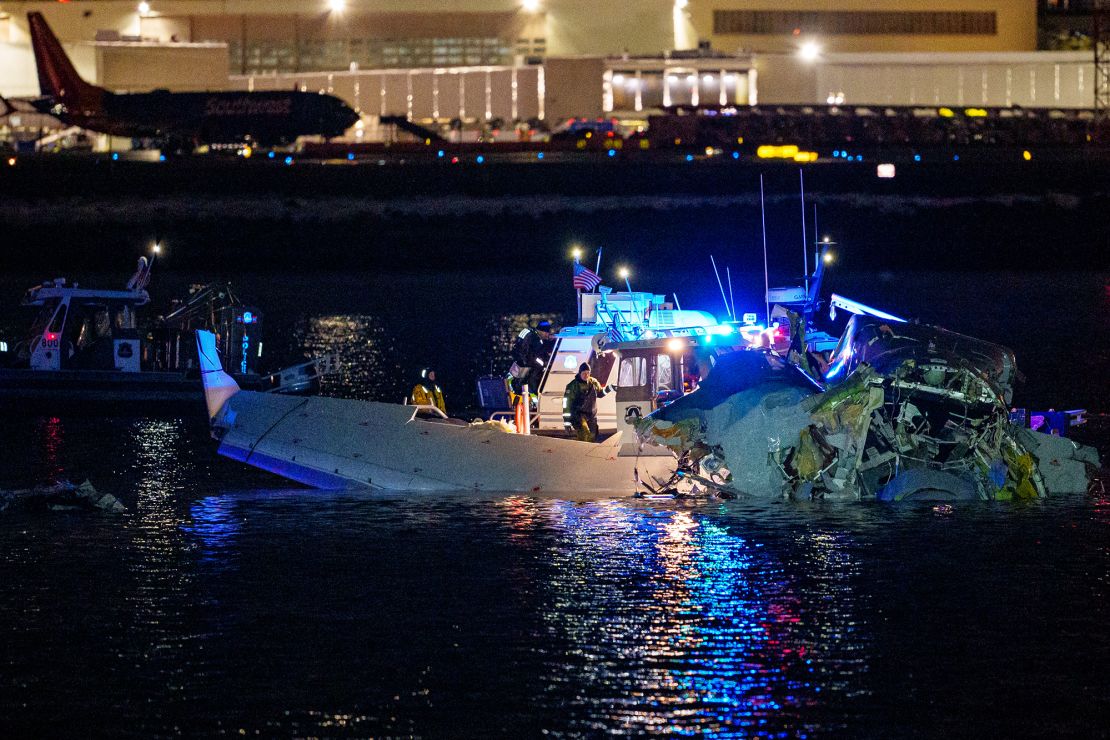The cost of shipping is going up, and there is more confusion than ever around the transportation of goods. Shipping is more expensive due to shortages of products, which makes it difficult to get what is needed. COVID-19 has a large role to play in the shipping crisis. When people at shipping centers get the virus, it causes the whole system to have to shut down, as was the case in China with a terminal at the Ningbo-Zhoushan Port, which has been closed since August 11. With ports shut down, major international shipping lines have had to readjust their routes to make sure that goods get where they need to go. However, making new routes causes more delays and when larger ports are shut down, it causes problems across the network. Ningbo-Zhoushan Port is the third busiest container port in the world and with its shutdown, there is more pressure on smaller ports without the resources to operate the same way the larger port did. Shipping companies do not expect this to stop anytime soon. (Hanna Zlady, CNN Business).
Rising costs in shipping prices are also expected to increase the price of consumer goods. In July 2019, the global container freight rate index—how much it costs to deliver goods from one port to another—was $1,342. In July 2021, the price had gone up to $8,848. Now, the price is about $10,194. The cost of imports from Asia to the US increased by about 40%, but the number of exports stayed the same. (Global Center Freight Index).
For the shipping system to work properly, all parts of it need to be fully running. But with port closures, port congestions, and shortages of labor, entire industries and supply chains have been either shut down or are functioning at a much slower rate. As this crisis continues, the prices of goods are likely to go up, and this problem doesn’t seem to be stopping anytime soon.












